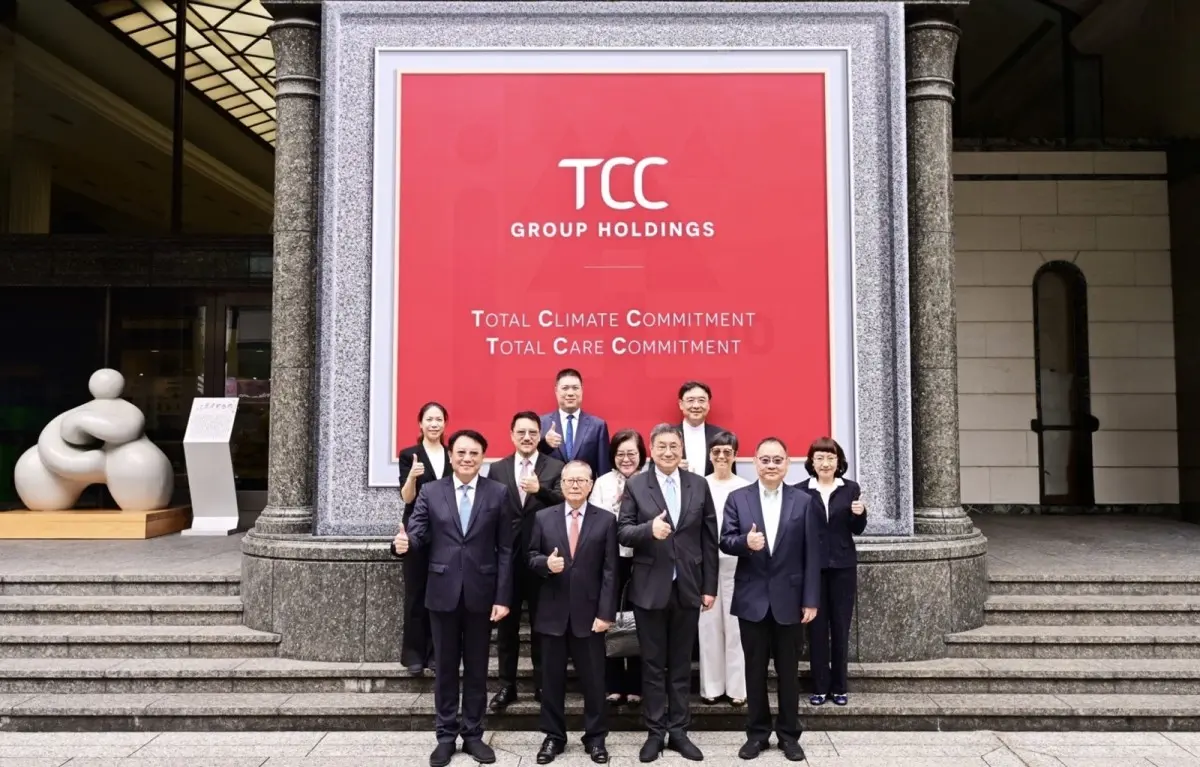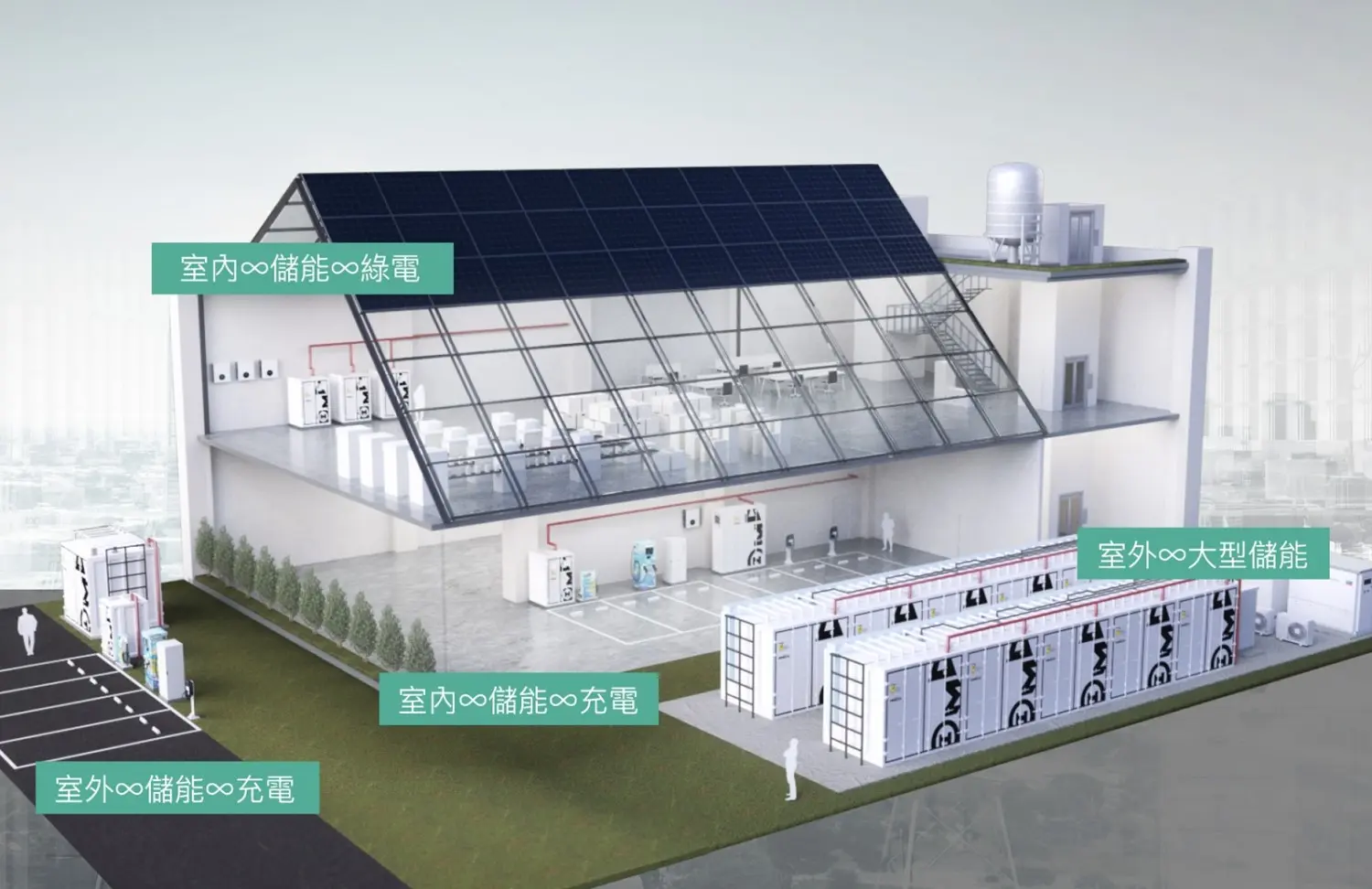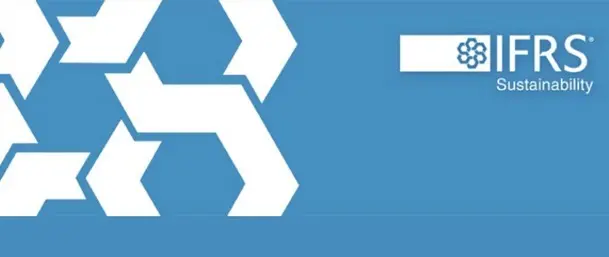The Avoid Emissions of TCC's Low-Carbon Products and Services
- Home
- Sustainable E-newsletter
- The Avoid Emissions of TCC's Low-Carbon Products and Services
Environmental 2024 Vol.02
The Avoid Emissions of TCC's Low-Carbon Products and Services
- #Avoided Emissions
-
Share
Dear readers, have you noticed any differences in TCC's Sustainability Report this year? One notable difference is the presentation of TCC's avoided emissions. What is avoided emissions, and how is it measured? This article aims to answer these questions.

TCC launched its low-carbon transformation in 2017. In addition to its efforts to reduce carbon emissions in its own industry, it has also developed new products and services to help other companies solve ESG issues and enhance corporate value through impactful transformation.
TCC quantifies the low-carbon construction materials launched by the cement business, diversified renewable energies, energy storage and batteries as avoid emissions, and evaluates the benefits of corporate transformation on a world scale.
Quantify TCC's global avoided emissions results by using methodologies from the World Business Council for Sustainable Development (WBCSD) and the EU Innovation Fund:
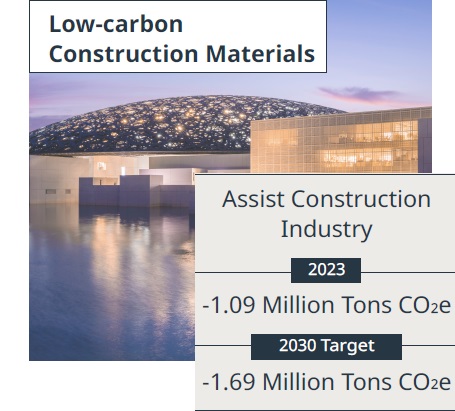
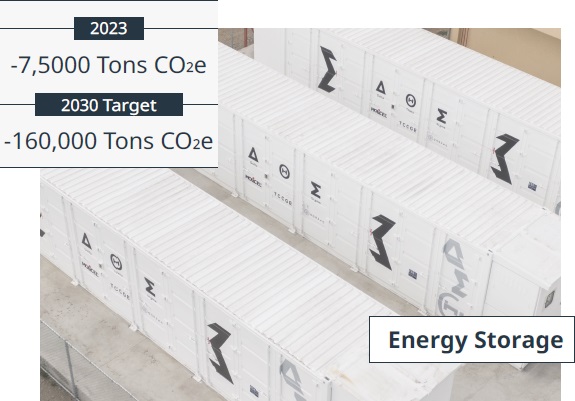
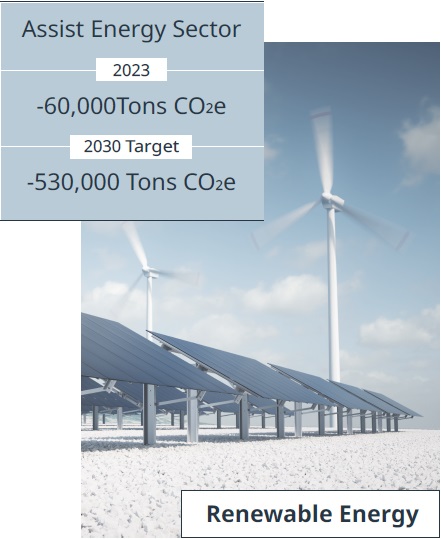
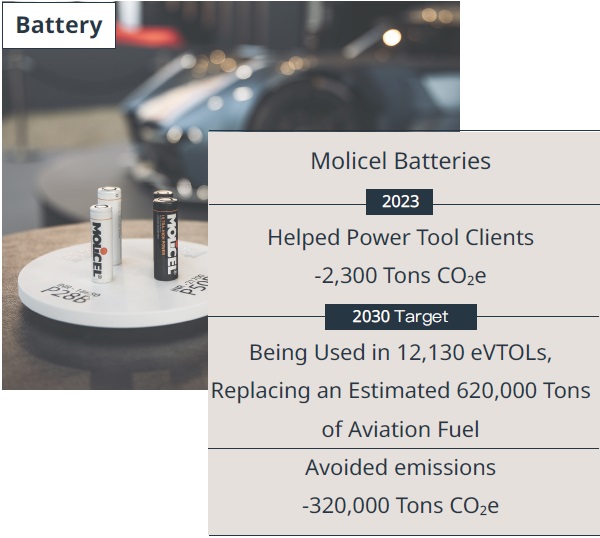
Q: Why is avoided emissions important?
In 2022, ISO introduced the IWA 42 Net Zero guidelines, encouraging organizations to offer products or services that bring avoided emissions to society. The World Business Council For Sustainable Development (WBCSD) has also proposed related methodology, explaining that reducing carbon emissions in scopes 1, 2, and 3 should absolutely be the primary task for businesses. However, internal carbon reduction (do less harm) is no longer sufficient; companies must also propose climate solutions to enhance their carbon reduction impact (do more good).
In April 2023, the G7 Climate, Energy and Environment Ministers’ Communiqué called for companies to enhance their avoided emissions and endorsed the WBCSD methodology. The communiqué indicated that reliable mechanisms would be established to direct investments into projects with significant carbon reduction impacts. The Glasgow Financial Alliance for Net Zero (GFANZ), comprising 675 major companies from 50 countries across eight financial sectors, also referenced the WBCSD methodology in their 2023 carbon reduction investment transformation impact methodology.
This highlights that international standards organizations like ISO, governments such as the G7, and major financial institutions are increasingly focused on whether companies continuously develop innovative products and services that help reduce global carbon emissions.
Q: What are the prerequisites for calculating avoided emissions?
According to the WBCSD methodology, quantifying a company's avoided emissions must meet three criteria:
The company's internal carbon reduction actions must be credible, such as setting SBT (Science-Based Targets).
The quantified target must be a product needed for a 1.5°C world, supported by international reports. Examples from TCC include low-carbon construction materials, renewable energy, energy storage, and batteries.
The product must have a direct and significant decarbonizing impact, such as low-carbon cement replacing high-carbon cement or low-carbon footprint batteries replacing high-carbon footprint batteries, and eVTOLs replacing fuel-powered aircraft.
Q: How much is TCC's avoided emissions?
Category | TCC Low-Carbon Product | Comparison Product |
|---|---|---|
Low-Carbon Building Materials | Low-carbon cement, low-carbon concrete | Regular cement, regular concrete |
Renewable Energy | Solar power, wind power, geothermal, ocean thermal energy conversion | Electricity produced from fossil fuels |
Batteries | Low-carbon footprint batteries | Regular batteries |
Low-carbon footprint batteries for eVTOLs | Fuel-powered aircraft | |
| Energy Storage | Energy storage systems | Auxiliary services provided by running fossil fuel plants (such as CCGT) |
Energy storage systems + green electricity | Electricity produced from fossil fuels |
| ▍ | Low-carbon construction materials|In 2023, TCC's low-carbon construction materials will help the global construction industry reduce greenhouse gas emissions by 1.09 million tons of CO2e; by 2030, this will increase to 1.69 million tons of CO2e. |
| ▍ | Renewable energy|In 2023, Molicel batteries will help electric tool customers reduce greenhouse gas emissions by 2,300 tons of CO2e. With TCC's 100% green power, low-carbon, high-power battery plant in Canada starting production in 2028 and the application of Molicel batteries in 12,130 eVTOLs by 2030, it is estimated to replace 620,000 tons of aviation fuel, achieving an avoided emissions of 320,000 tons of CO2e in 2030. |
| ▍ | Batteries|In 2023, Molicel batteries will help electric tool customers reduce greenhouse gas emissions by 2,300 tons of CO2e. With TCC's 100% green power, low-carbon, high-power battery plant in Canada starting production in 2028 and the application of Molicel batteries in 12,130 eVTOLs by 2030, it is estimated to replace 620,000 tons of aviation fuel, achieving an avoided emissions of 320,000 tons of CO2e in 2030. |
| ▍ | Energy storage|In 2023, TCC's energy storage and NHOA's energy storage businesses will have an avoided emissions of 75,000 tons of CO2e; by 2030, this will reach 160,000 tons of CO2e. In 2023, the avoided emissions of TCC's energy storage and NHOA's energy storage entities amounted to 75,000 tons of CO2e; by 2030, the avoided emissions totaled 160,000 tons of CO2e. |
You may also like
TCC GROUP HOLDINGS
SUSTAINABLE E-NEWSLETTER.






